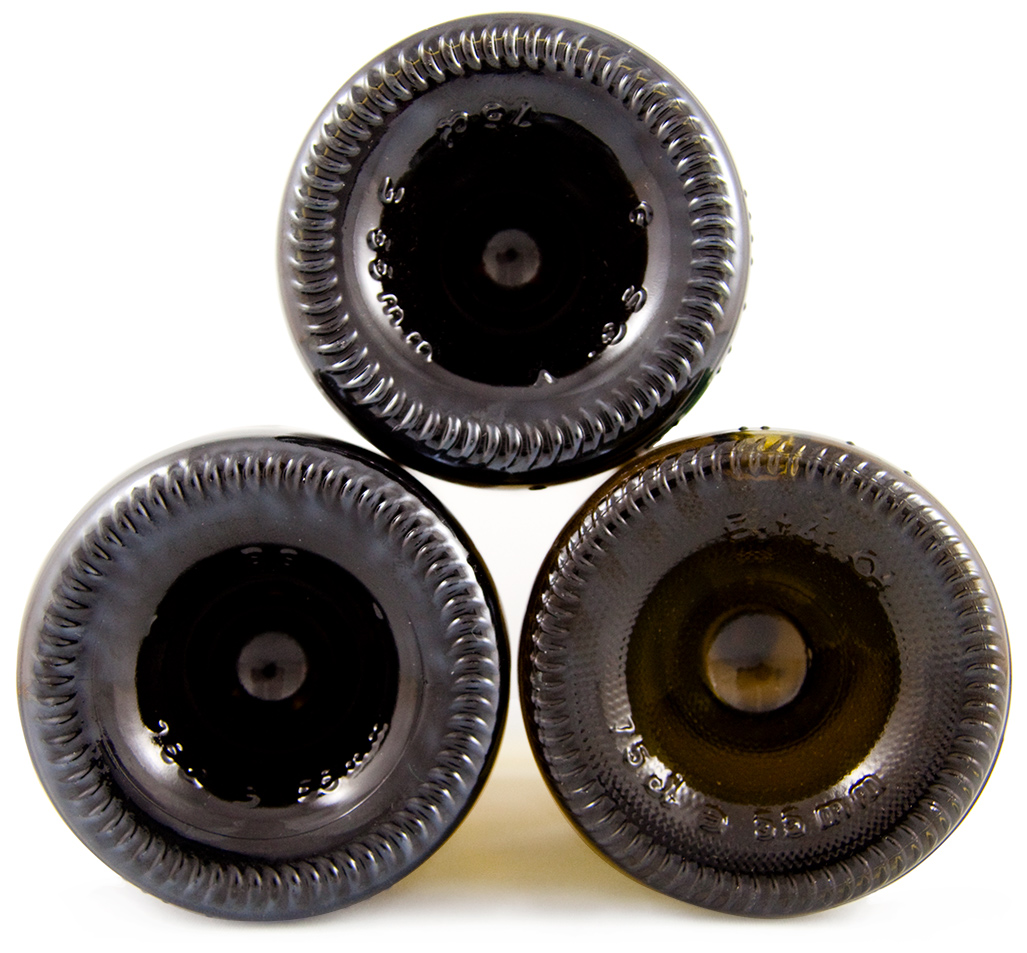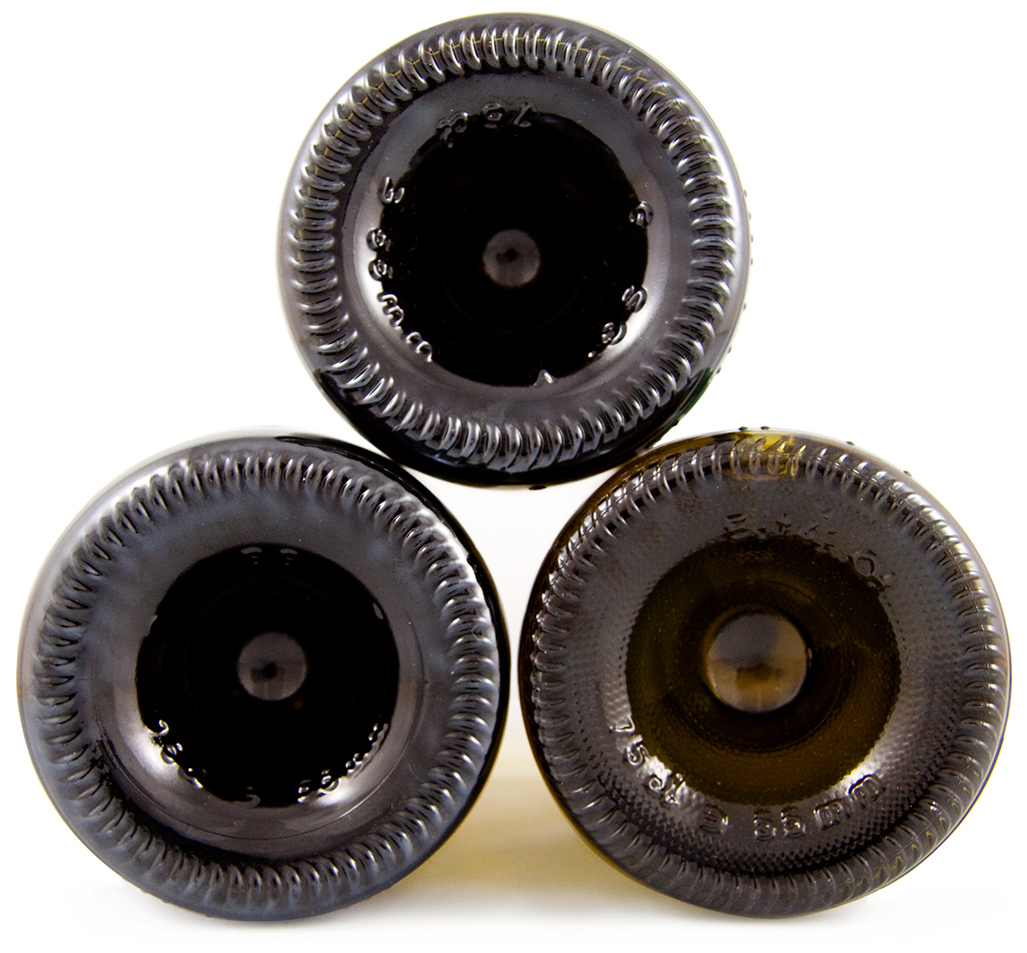Process
David Butterfield came to Burgundy by way of Butterfield & Robinson (his family’s travel business). After falling in love with the place (and one of the locals) he joined a work/study program in viticulture and oenology at the local wine school (CFPPA) in Beaune. He was granted a “Brevet Professionnel” from the Ministry of Agriculture of France upon graduation in 2003. Between 2001 and 2004, he worked with several prominent producers in Burgundy and New Zealand before starting his own operation in 2005. Today, Butterfield Wine exists as a small stand-alone winery in Monthelie (adjacent to Meursault), where it sources small parcels of quality grapes from around Beaune and Meursault.
Making Butterfield wine requires thoughtful common sense, a keen eye for details, creativity and flexibility (this is not a factory).
We select superior grapes, which are in turn fermented, aged and bottled in the winery.
Our goal is to make wines that are an honest expression of the appellation. Without great fruit, there is no way to make a great wine. Consequently, the most important step is to find grapes that will make a worthy wine. From the beginning, we look for grapes where the respect for the land and the environment are at the centre of the proposition. It somehow goes without saying – but it is true – that without a deep-rooted respect for vineyard management, it is not really possible to interpret these historic appellations into something respectable and alluring. Over the course of our first five harvests, we have managed to solidify and strengthen the relationship with our favourite growers, who continue to use good common sense while farming their land.
At harvest time, in the case of red wines, grapes are hand-picked in small baskets and immediately brought back to the winery. They are sorted, de-stemmed and put in oak or stainless steel vats to await natural fermentation. During fermentation we use the traditional method of pigeage (the act of stomping on the fermenting grape skins with the goal of extracting colour and tannins) to break the cap. After a cuvaison of several weeks, the grapes are pressed and the wine passes to the cave in the good old-fashioned (wine-friendly) way – by gravity. Our barrels age for approximately 18 months. For white wines, the grapes are immediately pressed following harvest. The grape juice is then placed in tanks and allowed to briefly settle before being placed in barrels where the wine will ferment and age for between 12 and 16 months.
Tastings and attention to the evolution of the wine are essential in the tending (aging) period. Each wine develops its own personality and are cared for with that in mind. They require soft handling and, again, common sense to help reveal (with as little intervention as possible) their potential. It is, above all, an artisanal approach to winemaking.
We love to spend time with visitors – walking through the vineyards, providing impromptu tastings at the winery and sharing views on the colourful aspects of the Burgundian wine world.


